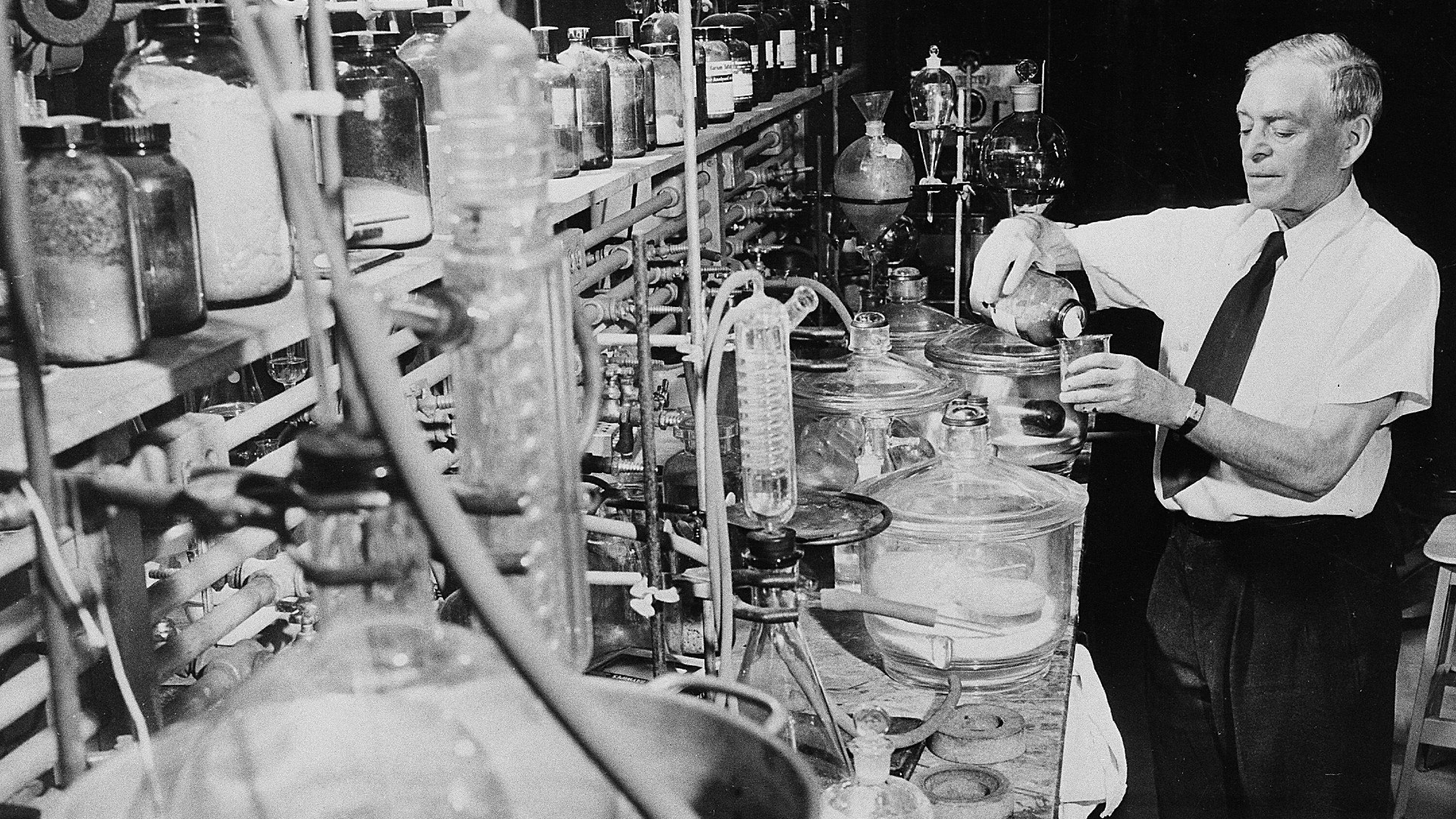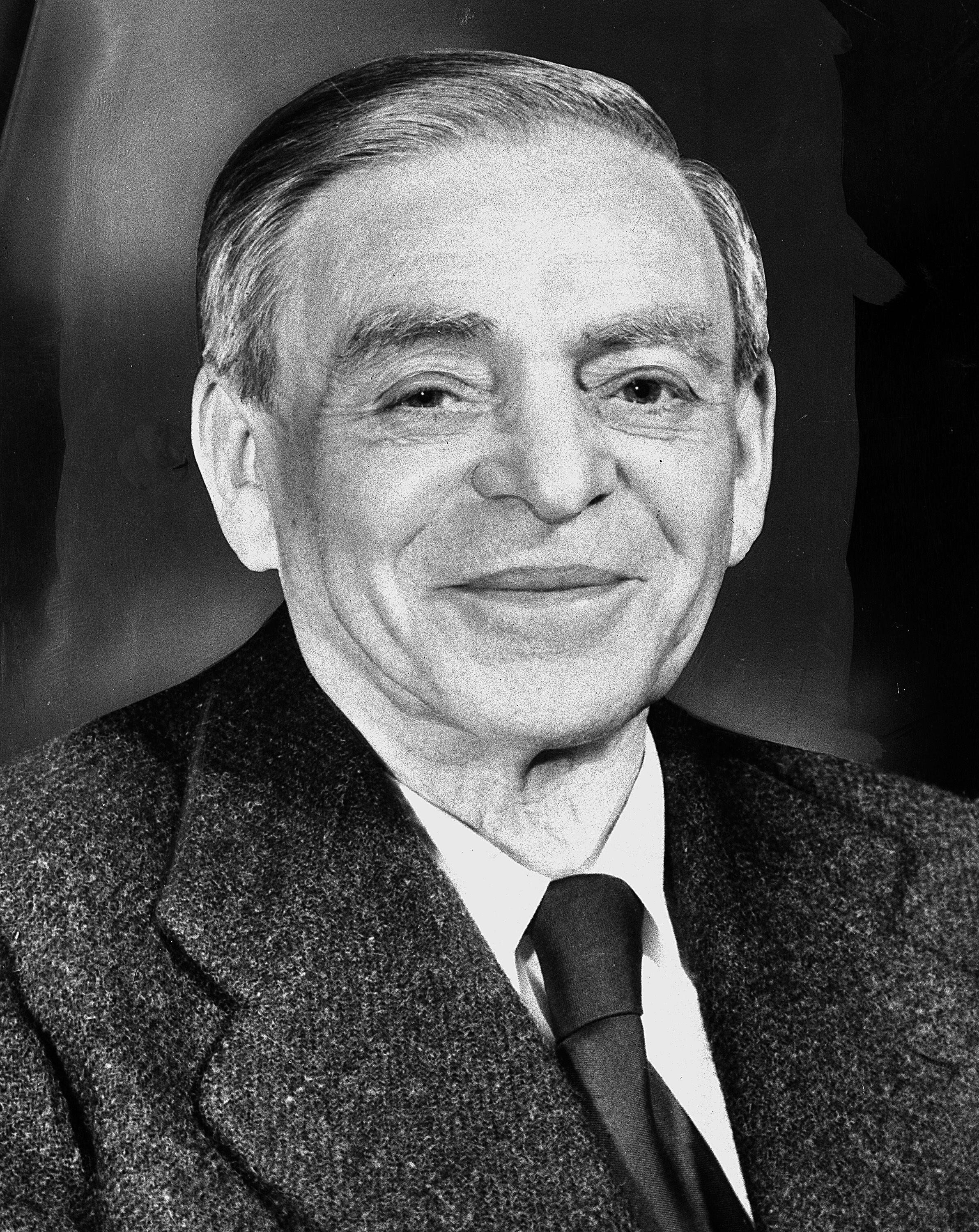Casimir Funk: What is the biochemist celebrated in today's Google Doodle famous for?
In 1912, biochemist Casimir Funk discovered vitamins, and more than a century later his legacy lives on.

In 1912, Polish-American biochemist Casimir Funk discovered that several diseases, such as scurvy and rickets, were caused by a lack of specific components of food in the diet. He dubbed these essential components "vitamine."
This discovery, along with subsequent research over the next five decades — including contributions to 140 technical papers, as well as 30 reviews and articles — cemented Funk's legacy as the "father of the vitamin" and introduced the concept of vitamins being essential for human health.
His work led to the discovery of 13 vitamins within the space of 35 years, including all the vitamins we know today, which went on to save countless lives and left a lasting mark in the fields of biochemistry and nutrition.
Today (Feb. 23) to mark what would have been his 140th birthday, Funk has been honored by Google in their doodle of the day.
So who was Casimir Funk? And how did he discover vitamins?
Related: Six sources of vitamin D to boost your mood
Kazimierz "Casimir" Funk was born in 1884 in Warsaw, Poland. The son of a Polish physician, Funk's family had ambitions for him to also become a doctor, but instead Funk pursued a doctorate of chemistry at the University of Berne in Switzerland in 1904. From there, he went on to work as a biochemist at the Pasteur Institute in Paris, and then in Berlin and London.
Sign up for the Live Science daily newsletter now
Get the world’s most fascinating discoveries delivered straight to your inbox.
In 1912, he discovered that four diseases — beriberi, a disease that can affect the circulatory and nervous systems; scurvy, which causes the teeth and gums to rot; pellagra, which leads to complications such as dermatitis; and rickets, a bone disease — were all caused by a lack of intake of certain nutrients.
Funk described these nutrients as types of "vitamine," which comes from "vita," meaning life in Latin, and "amine," a class of nitrogen-containing chemical compounds.
In a 1912 paper describing his findings, he wrote: "We will speak of beriberi and scurvy vitamine, which means a substance preventing that special disease."

The concept that diseases could be caused by a lack of essential nutrients, rather than by infection or due to toxins, was revolutionary, especially at a time when the germ theory of disease was dominant, which revealed that certain illnesses are caused by specific disease-causing microorganisms. Instead, Funk suggested that certain vitamins needed to be consumed as part of a person's diet, and that only a very small amount could prevent and treat specific diseases. The same year, he published a paper titled "The Etiology of the Deficiency Diseases" in The Journal of State Medicine, and in 1914 wrote a book called "Die Vitamine" on the subject.
Over the next few years — and against the backdrop of both world wars — Funk moved between Europe and the U.S. As time went by, other researchers found that Funk's initial theories weren't exactly correct. Not all vitamins are amines: For instance, vitamin D is synthesized in response to ultraviolet light exposure of the skin and is actually a steroid hormone. This is why the "e" in the name "vitamine" was dropped to make the term "vitamin" we know today. Vitamins also don't always just affect one disease, as Funk originally proposed. Deficiency in vitamin D, for example, is associated with many chronic diseases, such as bone metabolic disorders, heart disease and diabetes.
Later in life, Funk studied animal hormones, as well as the chemistry of diseases such as cancer and diabetes. He also devised better ways of commercializing the production of drugs.
Funk died in New York in 1967.
Ever wonder why some people build muscle more easily than others or why freckles come out in the sun? Send us your questions about how the human body works to community@livescience.com with the subject line "Health Desk Q," and you may see your question answered on the website!

Emily is a health news writer based in London, United Kingdom. She holds a bachelor's degree in biology from Durham University and a master's degree in clinical and therapeutic neuroscience from Oxford University. She has worked in science communication, medical writing and as a local news reporter while undertaking NCTJ journalism training with News Associates. In 2018, she was named one of MHP Communications' 30 journalists to watch under 30. (emily.cooke@futurenet.com)









